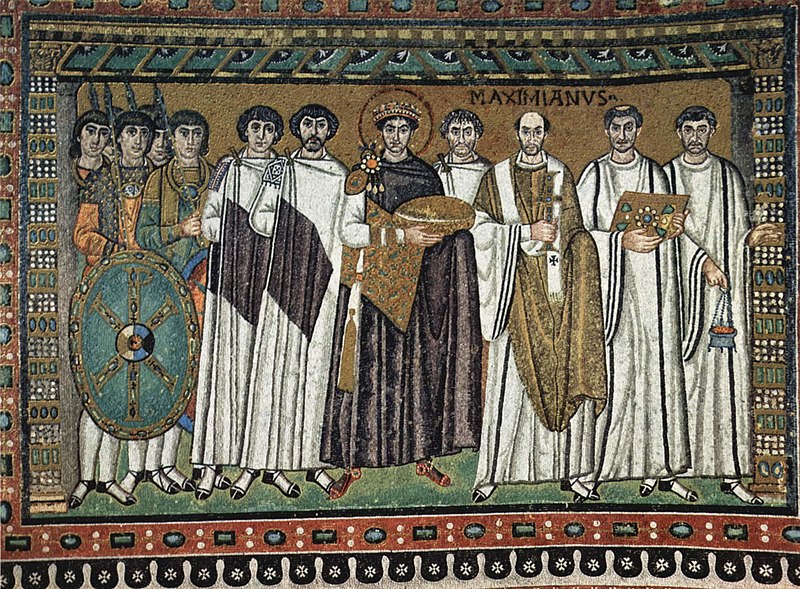
Early Christian and Byzantine portraiture show both a continuation and a break from the past. They show a continuation because Byzantine portraiture was formed as a continuation of Early Christian portraiture. Byzantine art is just a modified form created to please the Eastern Orthodox church of that time. In Early Christian portraiture the expressions on the faces of the people in the art would not really mean anything in particular, while maybe the form would mean something. In Byzantine portraiture meaning was always present. With the transition between Byzantine and Early Christianity artists felt that they needed to express the unworldly temperament of the sacred figures. Those who painted or made mosaics did not want to model the sacred figures after human form because that would mean they are human and not sacred. Early Christian and Byzantine portraiture are both similar yet also different. They were more evolved forms of the art that came before them which is how they were not only a continuation but a break from the past.

No comments:
Post a Comment